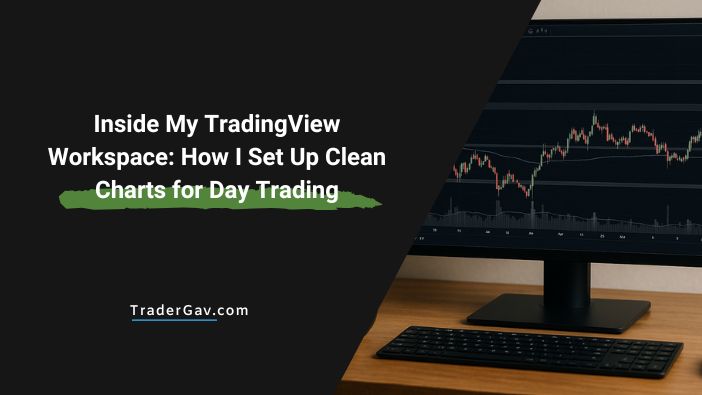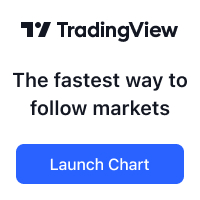
You don’t need a spaceship to trade.
Just a clean bench, sharp tools, and a habit of showing up.
Over the years, I’ve stripped down my charting workspace the same way a good kitchen gets streamlined: fewer gadgets, more flow.
Here’s how I set up my TradingView layout — not because it’s the “right” way, but because it helps me think clearly, act quickly, and stay out of my own way.
1. One Workspace, One Focus
I use just one main layout in TradingView.
No split screens. No distractions. One chart at a time.
Each pair (USD/JPY, AUD/USD, etc.) gets its own tab, saved with the same template.
The idea is simple: when I switch pairs, the structure stays familiar — like walking into the same room, even if the furniture shifts.
2. The Timeframes I Actually Use
I trade short-term moves, so these three are all I need:
- 1-hour: for structure and levels
- 5-minute: for entries and executions
- 15-minute: as a bridge (mostly during London open)
I keep these stacked vertically. Not fancy — just efficient.
I want to see the context, the setup, and the trigger in one glance.
3. Clean by Default
No watermark. No clutter.
Just price, candles, and key levels.
Most days, I keep indicators hidden until I’ve done my top-down read.
This stops me from anchoring my bias too early.
(I’ve learned the hard way that an early MACD opinion is not always a good thing.)
Once I’ve marked my zones and potential setups, I’ll toggle on:
- VWAP with 1–2 standard deviations
- A basic ADR range (custom script)
- Sometimes the session box, if it’s a choppy week
All of this is saved in my TradingView template. I load it. Review it. Get to work.
4. Colours That Don’t Scream
I use muted colours — black background, soft greys for levels, pale blue for boxes.
Bright red and neon green? No thanks.
If I need drama, I’ll watch Netflix.
The whole point is to stay calm. I want the chart to fade into the background until something important stands out. The way a good chart should.
5. Alerts > Watching
I don’t babysit candles.
Once I’ve got levels drawn, I set price alerts directly on TradingView. If price comes near an area I care about, I get a ping.
Otherwise? I walk away.
This one habit probably saved me from dozens of FOMO trades.
Side note: if you’re rebuilding your charting workflow, TradingView offers customizable features that might be a good place to start. I’ve tried others. I stuck with this.
Final Thoughts
Your workspace should reduce friction, not add to it.
The more time I’ve spent trading, the more I’ve learned to value simplicity.
It’s not about showing off a fancy setup. It’s about knowing exactly what I’m looking at — and why.
TradingView helps me do that. That’s why I use it. That’s why I recommend it.
Not as a pitch — but as a tool that works.
I’m not here to teach chart hacks. Just sharing what’s worked for me.
If you’re streamlining your own setup, start small. Clean first. Then tweak.
—
Gav
Want to try out TradingView?
You can set it up right here.


Leave a Reply